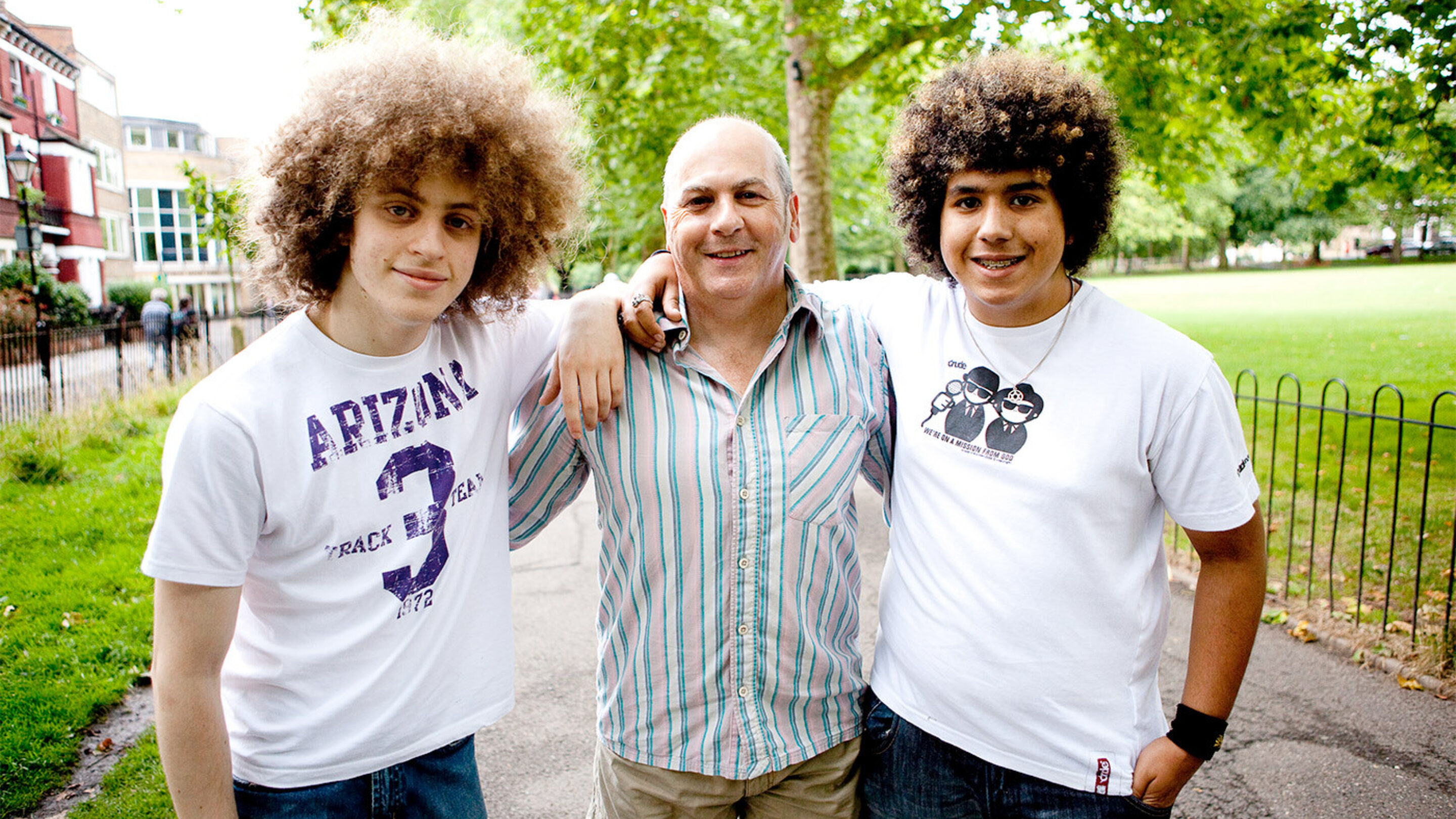
Case Study: Essex Edge of Care Social Impact Bond (SIB) – preventing young people in Essex from entering care
This case study was published on 29th September 2022. It was reviewed and updated in August 2025.
Context
In 2010 we started working with Essex County Council to look at their growing population of looked after children. There were 1,600 children in the system – a rise of 28% over five years.
The intervention targeted adolescents aged 11–17 years and families with complex challenges, such as anti-social behaviours, youth offending, and conduct disorders, who were at heightened risk of being placed into residential care. Once in care, they were likely to spend more than 80% of their remaining childhood years there.
What we did
We designed a Social Impact Bond to provide intensive family support. This was the first SIB to be commissioned by a local authority at a time when these outcomes contracts were relatively rare. This funding structure offered Essex the opportunity to target investment into an evidence-based intervention.
Eight investors provided £3.1m over five and a half years which allowed the national children’s charity Action for Children to provide a multi-systemic therapy (MST) service which operated from April 2013 to December 2018.
I think my mum understands me more and some of the things I have been through, and I like that she knows these things now.
Young person interview, taken during the Rees Evaluation
Impact and insights
The Social Impact Bond closed in 2018 after the completion of its five year period, and was successful in its aims. It resulted in:
- 140,807 care days prevented – days that children were able to spend with their families rather than in care during the social impact bond tracking period.
- A 43-percentage-point reduction in care days from the baseline of 55% to 11.92%, significantly reducing the time spent in care against the counterfactual expectations.
- 457 referrals to the MST service over the course of the SIB, reaching 389 families, with 85% of them completing the programme.
- 386 children were out of care, with their family, at the end of the tracking period.
- These results saved Essex County Council an estimated £26.2 million
Social investors received a return of 1.45 times committed capital of £3.1 million.
These outcomes were sustained:
- While 91% of the cohort had social care provision in the two years prior to MST, only 41 young people (11%) had provision in the year post-MST. 41 young people (11% of cases) were in care 28 months after MST provision finished.
Slides from David Burnett, chair
Our project learning (Helen Lincoln, Essex County Council)
Multisystemic therapy service in Essex: Summary of findings (Lisa Holmes, Helen Drew, Neil Harrison, Valerie Dunn)
Multisystemic therapy (Sarah Reeves, Programme Manager, Essex MST)
I would say there is a better family dynamic as we understand each other more. We can talk more rather than shout
Parent interview, taken during the Rees Evaluation

